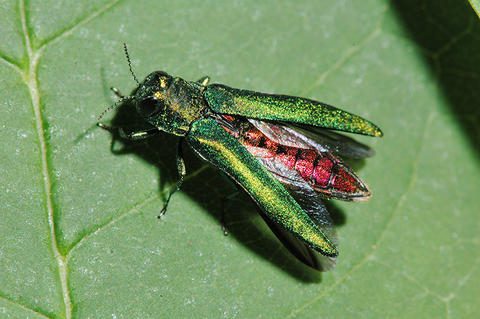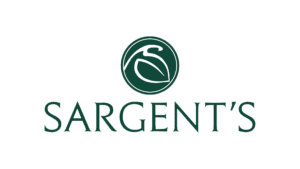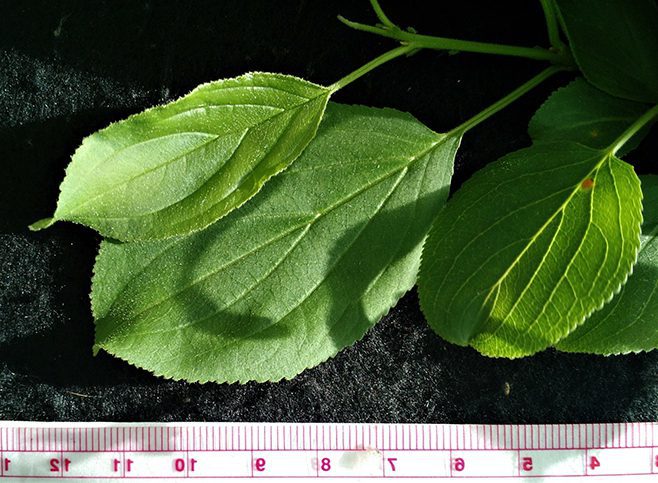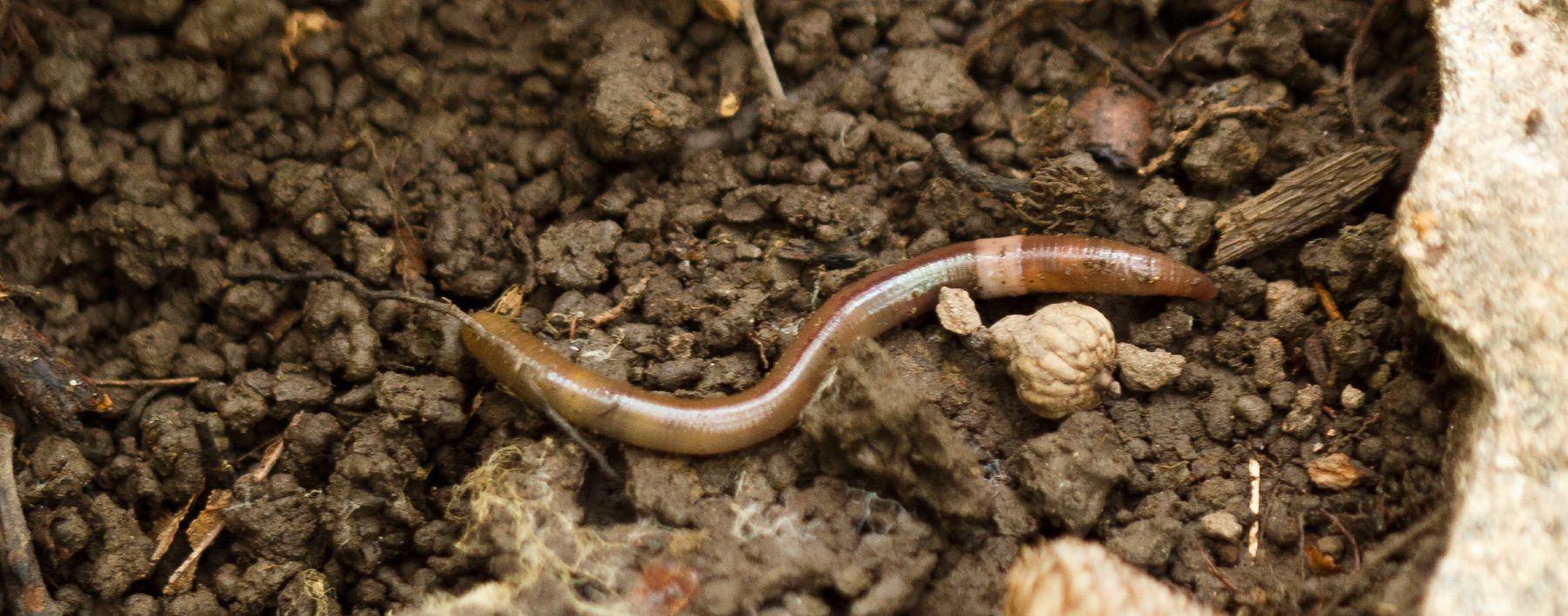Emerald Ash Borer
Here at Sargent’s, we believe that the natural world has the ability to improve people’s lives. We have made it our business to foster the relationships between people and their outdoor spaces. Most of the time this means having fun providing high-quality products and services to our amazing customers and making our community as beautiful as it can be. But occasionally, our position as stewards of this industry mandates we address threats to this belief. Invasive species are one such threat. For over 50 years, Sargent’s has contributed to the treatment, mitigation, and research of invasive species that affect our area. It’s important to us that our customers have accurate information regarding invasive species and how they can help preserve the outdoor spaces we all hold so dear.

Background
Native to Asia, the Emerald Ash Borer is an exotic insect that feeds on, and eventually kills ash trees. It was first discovered in the US in 2002, in the Detroit, Michigan area where the insect came here likely on intact bark on the edges of wooden shipping crates. In 2009 it had spread widely in the great lakes region and was discovered in Minnesota (both in the Twin Cities metro and in Houston County in Southeast Minnesota). In 2014, we discovered it in Rochester. In each instance, the discovery of EAB was years after its introduction to that area, because, at each discovery, there had been insect signs throughout the crown and trunk which takes years to occur.
Impact on Environment
Emerald Ash Borer attacks all species of the genus Fraxinus, which is ash. This includes the species in our area of green ash, white ash, and black ash. It does not include mountain ash (the genus Sorbus). The adult insects lay eggs on the bark of ash trees and the larvae hatch and immediately bore into the cambium, just under the bark, and grow there as they feed. This boring of larvae disrupts the water and carbohydrate flow in the tree and kills that portion of the tree that is infested. Over the course of 3-5 years, the entire tree is infested and it dies. The subtlety of first- and second-year symptoms makes it very difficult to identify early, so by the time the tree is showing signs of decline it is likely too late. Emerald As Borer has killed millions of ash trees in the Eastern US and Canada.
Treatment
There are good treatment options available if the treatment is started early. Trunk injections done every other year on healthy ash trees provide nearly certain results. This treatment must be maintained for as long as the tree is alive. “I have been using the chemical and the method of treatment with great results in Rochester since the insect was first discovered in 2014,” says Jay Maier, General Manager of Sargent’s and ISA Board Certified Master Arborist (#MN-0403B). “There are likely millions of trees being treated nationwide, so the product is well tested and safe for a qualified professional to use.”
Beyond treatment, it is critical to slow the spread of Emerald Ash Borer. The insect will only travel a short distance, typically less than 1 mile, per year. It is human activity, transporting infested material, that accounts for the vast majority of EAB spread. There are dedicated ash tree disposal sites to help mitigate this spread. A list of these sites can be found below.
Sargent’s employs several certified arborists and fungicide applicators. If you’d like to discuss treatment options and pricing, please visit our tree care page.
Our Commitment to You
Sargent’s is committed to mitigating the spread of invasive species in MN and remaining the source of knowledge, quality, and service that you’ve come to expect. Sargent’s will continue to work with the Minnesota Department of Agriculture, the University of Minnesota, and other industry leaders to remain at the forefront of this issue. We are committed to minimizing the impact of invasive species and to keeping your gardens, and ours, flourishing for decades to come.
Invasive Species E-News
For those that are interested, we have created an e-newsletter dedicated specifically to invasive species. If you want to be kept up to date on current jumping worm research, fill out the form below.
Learn Something? Share it with your friends!





